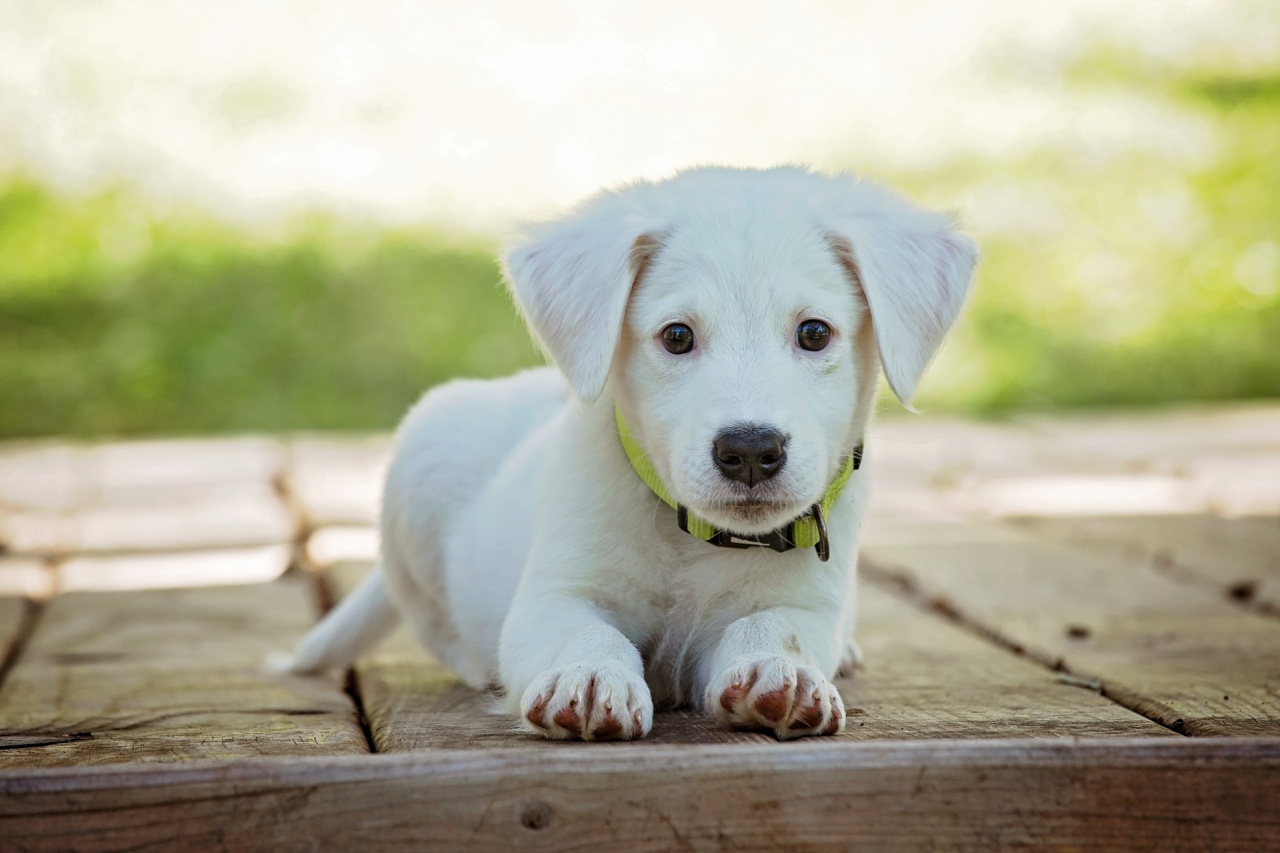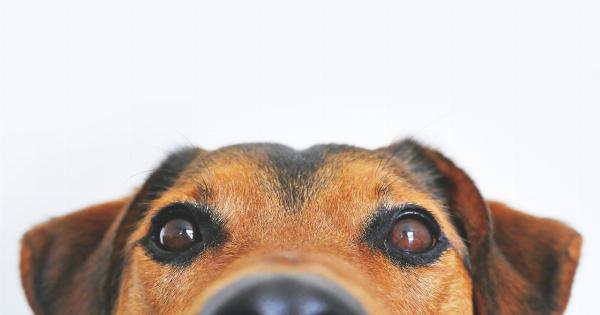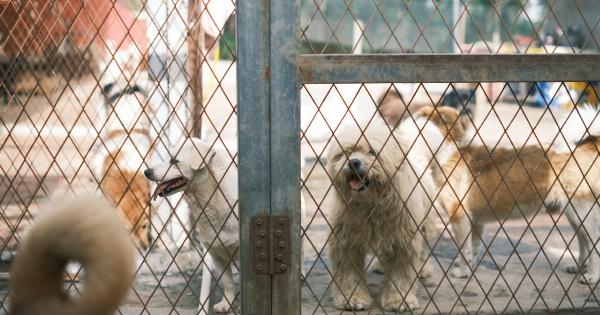Dogs have always been called man’s best friend – and for good reason. They can make us laugh, keep us company, and even offer us emotional support when we need it.
One thing every dog owner has noticed, however, is that sinking feeling we get when we come home to a chewed-up shoe or a messy room. We look at our furry friend and their eyes seem to suggest that they know exactly what they’ve done. But do they really feel guilty?.
The Power of a Puppy’s Eyes
Before we can understand if dogs feel guilt or not, we need to understand why they look at us the way they do. Picture this: your dog chews up your favorite book while you’re out for a few hours.
When you come back, you see the destruction and immediately look at your pup. They look back at you with those big, pleading puppy eyes. They pull back their ears, show you the whites of their eyes and tuck their tails between their legs. It’s hard not to interpret this as a sign of guilt.
Recent research has shown that dogs have evolved to use these puppy eyes to communicate with humans. In fact, puppies as young as six weeks old have been observed using this technique to get attention from their owners.
And it’s not just a learned behavior either – dogs often use this look even with unfamiliar humans. The eyes are the key to unlocking the depths of a dog’s emotional intelligence.
Do Dogs Feel Guilt?
This is the million-dollar question that has been asked by many dog owners.
Do dogs really feel guilt when they are caught doing something wrong? It’s important to make the distinction between guilt and shame, as humans use these two terms interchangeably. Guilt is a feeling that arises when one has done something wrong, while shame is the feeling that one has when they believe they have let themselves and others down.
While dogs do experience a range of emotions, including happiness, sadness and fear, there is no conclusive evidence to suggest that they feel guilt or shame.
When dogs look at us with those “guilty” eyes, they are actually just reacting to our body language and tone of voice. Dogs are incredibly attuned to our emotional state, and if they see that we are upset or angry, they will react accordingly. They are not feeling guilty – they are simply responding to our cues.
Reading Your Dog’s Body Language
As a dog owner, it’s important to understand the different ways that dogs communicate their emotions. You can tell a lot about how your dog is feeling just by observing their body language. Here are a few key things to look out for:.
Ears
Dogs’ ears are incredibly expressive, and they can tell us a lot about how a dog is feeling. When a dog is happy or relaxed, their ears will be in a neutral position. When they’re attentive or excited, their ears may be up and forward.
When they’re anxious or scared, their ears will be flattened against their head.
Tail
The position of a dog’s tail can also give us clues about their mood. A relaxed and wagging tail typically means the dog is happy, while a stiff tail that is held high could be a sign of aggression or dominance.
A tucked tail suggests fear or submission.
Body Posture
When a dog is feeling confident and relaxed, their body will be loose, with their weight distributed evenly. A dog that is scared or anxious may be hunched over, with their tail tucked and their weight shifted towards their back legs.
Facial Expressions
Just like humans, dogs can make a range of facial expressions that communicate their emotions. A relaxed mouth and soft eyes usually mean the dog is feeling calm, while a tense or wrinkled forehead could be a sign of stress or discomfort.
The Importance of Positive Reinforcement
While dogs may not feel guilt in the same way that humans do, it’s still important to reinforce good behavior and correct bad behavior in a positive way.
Punishing a dog for something that they did hours or even minutes ago is not going to help them learn. Instead, focus on rewarding good behavior and setting clear boundaries. Use positive reinforcement techniques such as treats and praise to encourage your dog to behave well.
Consistency is key – make sure every member of the family is on board with the rules and routines, and your dog will thank you for it.
The Bottom Line
While dogs may not feel guilt in the same way that we do, they are still incredibly emotionally intelligent creatures.
They use their puppy eyes and other body language cues to communicate with us, and they can pick up on our emotional state better than we sometimes give them credit for. By understanding your dog’s body language and reinforcing positive behavior, you can improve your relationship with your furry friend and keep them happy and healthy for years to come.


























